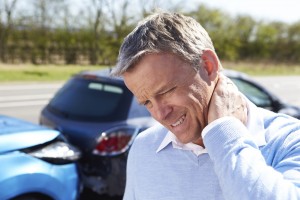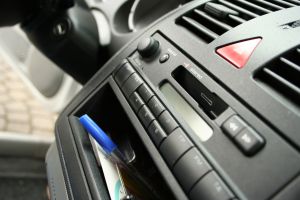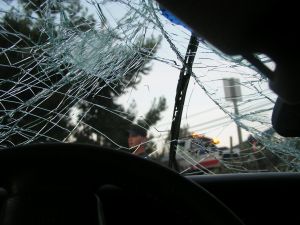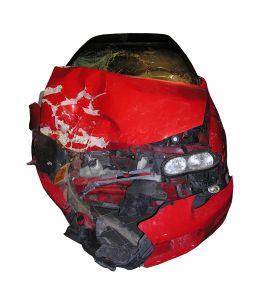Straw v. Fair – Vicarious Liability in Car Accident Lawsuits
The family of a 6-year-old boy killed in a tragic rear-end auto accident in 2012 has been awarded $32 million in compensation from the employer of the speeding driver who rear-ended his father’s car.
However, the company’s defense lawyer has expressed the intention to file an appeal of that verdict, meaning it will be some time before the family ever sees that money. And of course, it’s not really about the money, which is never going to bring back their beloved child.
At The Law Offices of Mark E. Salomone & Morelli, our Hartford injury attorneys recognize that employers must be held accountable for the actions of reckless drivers. In so doing, we fight to ensure companies will be more cautious in hiring drivers, in properly training them and in adequately supervising them. This reduces the likelihood of future accidents – so that the next family doesn’t have to cope with such a devastating loss.
Connecticut law allows employers to be held either vicariously liable or directly negligent. Direct negligence would include actions like improper supervision, negligent hiring, negligent training, negligent retention and more. However, when companies are held vicariously liable for the actions of their drivers, it is not necessary to prove they were actually negligent, only that they employed someone who was negligent and that employee was acting in the course and scope of employment at the time of the incident.
In this case, the employee/ driver was reportedly speeding in the defendant company’s pickup truck while on-the-job when he struck plaintiff’s vehicle.
Minutes earlier, plaintiff’s front hood had popped open while he was driving with his wife and two young sons. He was forced to pull over to put the hood back into its proper position. He turned his hazard lights on while he stepped out to put the hood down. As he did so, he noticed a pickup truck approaching. It was not slowing down. At some point, he realized it was not going to stop.
It would later be revealed the driver was distracted while picking up several items that had fallen onto the floor. The driver slammed into the rear of plaintiff’s vehicle.
The impact of the crash resulted in serious injuries to the driver, his wife and their 4-year-old son. Their 6-year-old son, meanwhile, was killed in the crash.
The driver would later plead guilty in criminal court to vehicular homicide, two counts of reckless endangerment and two counts of speeding. He had been traveling 71 mph in a 55 mph zone. The plea deal into which he entered in that case – for which he served two years in prison – resulted in an automatic finding in the civil case that he was negligent in causing the crash. That meant the only question for the court to consider was whether the pickup truck driver’s employer was directly or vicariously negligent for the boy’s death.
Ultimately, jurors found the employer directly liable for negligent entrustment. Specifically, the company entrusted the driver with that vehicle, despite the fact his driving record included prior citations for driving under the influence and company policy precluded employees with DUIs from operating company vehicles.
After this finding, the issue of damages was raised. Jurors ultimately decided the company should be responsible to cover the full $32 million.
Contact us today for a free consultation at 1-800-WIN-WIN-1.
Read more about car accidents by clicking here.









